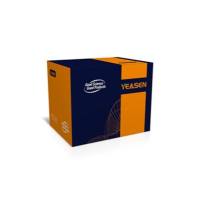Quantification of infectious virus is crucial to many experimental approaches in virological research. A broadly used and facile technique is the so-called “plaque assay” which provides precise information on the absolute quantity of infectivity in a given volume. Due to advances in the understanding of viral gene expression, transactivator-promoter pairs have been identified which can be used in transgenic cell lines as reporters of viral infection. Even though such “cellular reporter assay” systems are mostly restricted to relative quantification, they are attractive tools which can complement or replace the conventional plaque assay. Cellular reporter assays become especially interesting in state-of-the-art high-throughput screening approaches, as for instance RNAi and compound library screens, since they are often compatible with small-scale and automated experimentation. In this chapter, a regular plaque assay as well as a cellular reporter assay employing a luciferase reporter gene are described. As an example, HSV-1 infectivity is assessed with both methods yielding complementary information. Advantages and disadvantages of the two techniques and possible applications are discussed.






